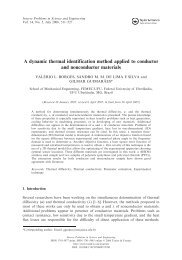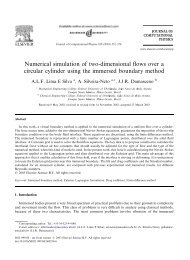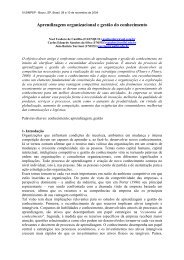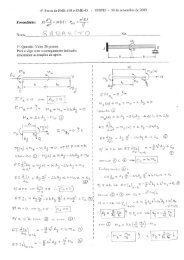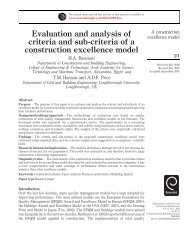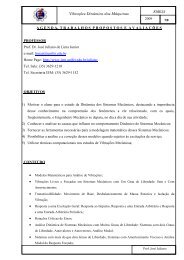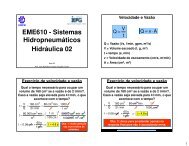Why Total Quality Management Programs Do Not Persist: The ... - IEM
Why Total Quality Management Programs Do Not Persist: The ... - IEM
Why Total Quality Management Programs Do Not Persist: The ... - IEM
You also want an ePaper? Increase the reach of your titles
YUMPU automatically turns print PDFs into web optimized ePapers that Google loves.
630 <strong>Why</strong> <strong>Total</strong> <strong>Quality</strong> <strong>Management</strong> <strong>Programs</strong> <strong>Do</strong> <strong>Not</strong> <strong>Persist</strong><br />
Senior management would not be speaking or acting with one voice—something<br />
that is reflected in the barrier of conflicting priorities that lower levels often see.<br />
Given the tendency of corporate leaders to adopt TQM because other successful<br />
companies have, it is not hard to imagine that many TQM programs start with a<br />
lack of real understanding and emotional commitment by top management. <strong>The</strong>ir<br />
lack of emotional commitment can easily lead them to rely on staff groups or<br />
consultants to drive the TQM program, as suggested earlier. This in turn leads<br />
leadership teams at the subunit level to passively comply with the corporate TQM<br />
program for political reasons rather than out of conviction that TQM will improve<br />
their unit’s performance.<br />
An ineffective senior team, one that cannot confront issues constructively,<br />
is also unlikely to develop empowered cross-functional TQM teams because they<br />
threaten the authority of functional managers on the senior team. It is not surprising,<br />
therefore, that the quality of strategy implementation (see Figure 1) in organizations<br />
with ineffective senior teams was perceived to be blocked by poor coordination<br />
between key activities along the value chain. <strong>The</strong>se senior teams were incapable of<br />
confronting the power issues that need to be negotiated to create a cross-functional<br />
organization. Even if these teams were to be created, they require team leaders<br />
with the authority and skill to lead them (Spector & Beer, 1994). <strong>The</strong> inadequate<br />
number of down-the-line leaders typically perceived by employees as a core barrier<br />
to implementing strategies like TQM is also a function of an ineffective senior<br />
team. Ineffective top teams typically have not resolved their different values and<br />
assumptions about what constitutes quality management nor do they cooperate<br />
to facilitate cross-functional career moves that are so important for developing<br />
managers with the general management perspective and skills needed to lead crossfunctional<br />
teams.<br />
<strong>The</strong> sixth barrier to strategy implementation identified in all the organizations<br />
we studied was closed vertical communication. As Figure 1 shows, poor vertical<br />
communication, caused by fear and norms of silence, reduces the organization’s<br />
quality of learning. Senior managers are not confronted with managerial and organizational<br />
barriers that prevent the TQM transformation they espouse. <strong>The</strong>y are,<br />
therefore, prevented from making the midcourse corrections essential in leading a<br />
TQM transformation. Our findings that fear of speaking up blocked senior teams<br />
from learning about strategy implementation problems help explain the gap between<br />
rhetoric and reality found by Zbaracki (1998) in organizations undertaking a<br />
TQM initiative. Without honest vertical communication the senior team cannot discover<br />
the leadership and management problems that are blocking use of “technical<br />
methods” like statistical process control.<br />
<strong>The</strong> case of Sigtek, a subsidiary of Telwork, illustrates how TQM initiatives<br />
driven by corporate staff groups falter due to the six silent managerial killers<br />
(Jick & Rosegrant, 1990). To comply with Telwork’s corporate mandate to implement<br />
TQM, a divided and ineffective senior team led by a laissez faire and<br />
conflict-averse president at Sigtek appointed two of its key people as site trainers<br />
and change agents. After an expensive TQM training program workers discovered<br />
that they were prevented from solving recurring quality problems due to a<br />
deep and politicized divide between the engineering and operations function (poor



